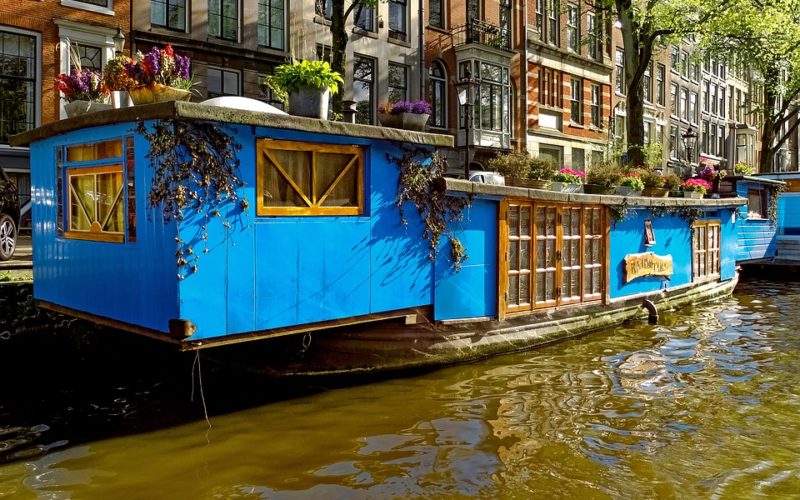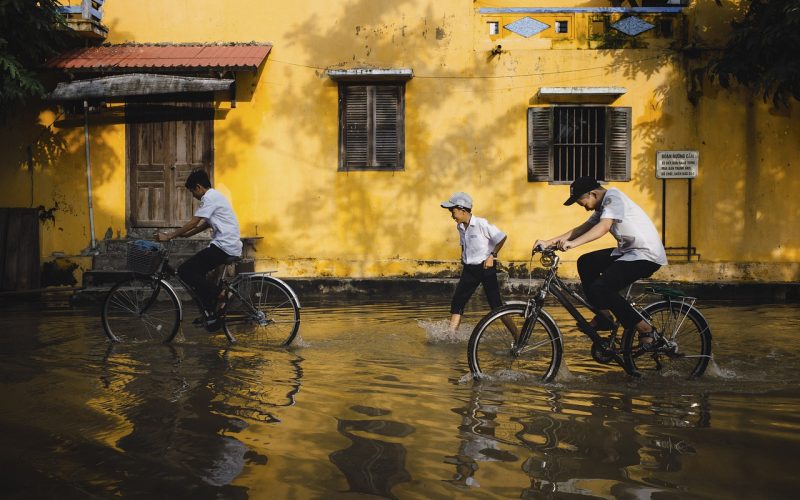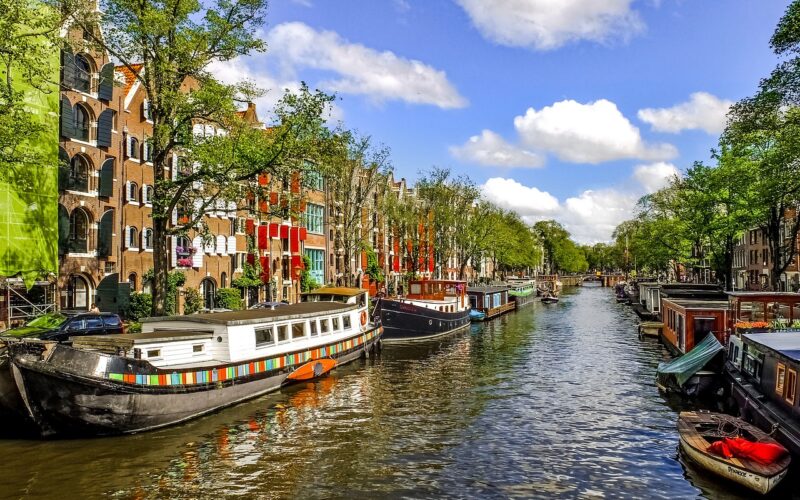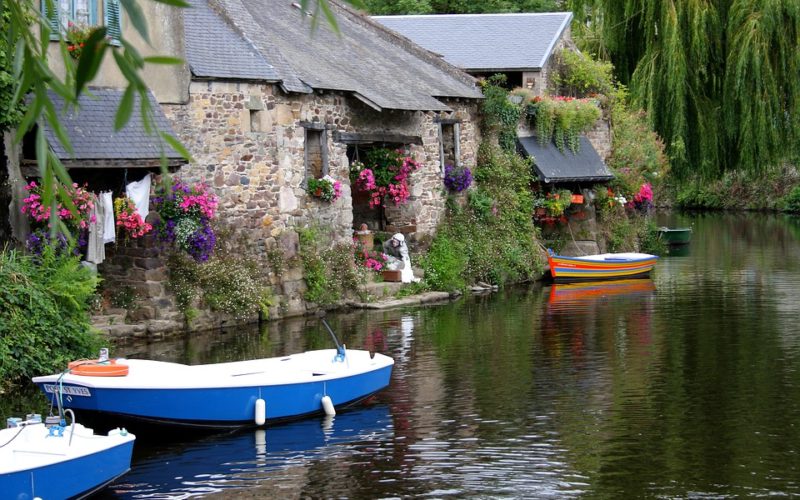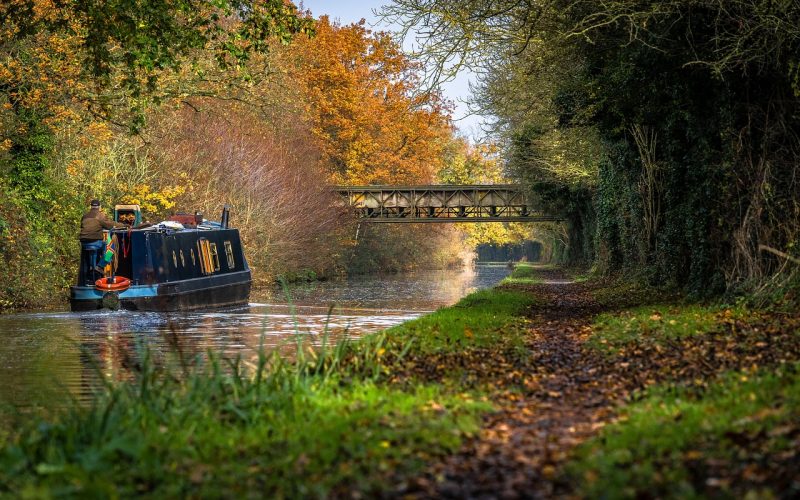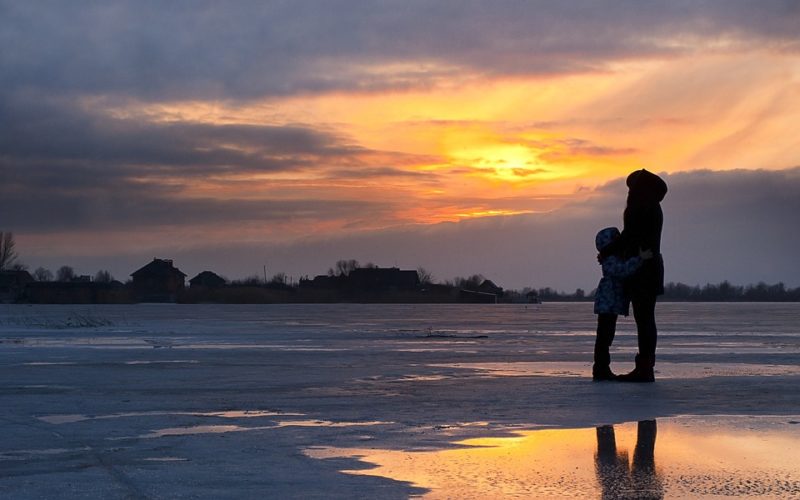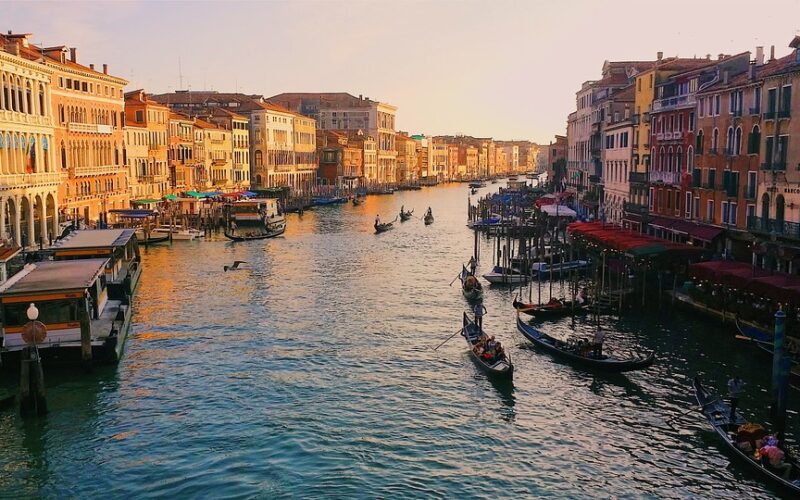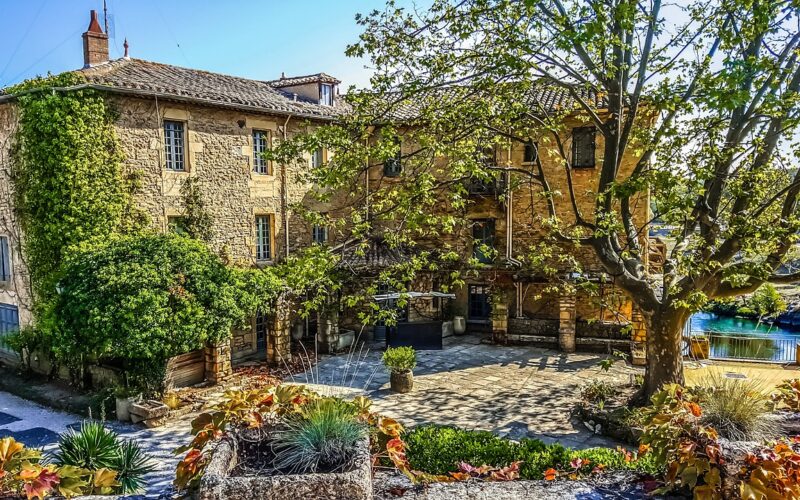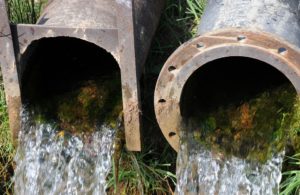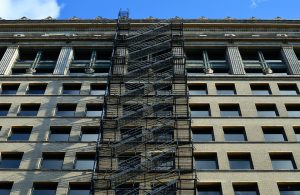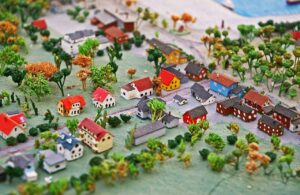Building a home next to a beautiful flowing river is a dream shared by many. The serene sound of water flowing by, the lush greenery that often accompanies riverbanks, and the sense of peace it brings are enough to inspire countless visions of an idyllic riverside life. However, while the allure is undeniable, there are several factors potential homeowners must consider to turn this dream into reality.
Understanding the benefits
Living next to a river offers numerous benefits that go beyond mere aesthetics. The tranquil environment can significantly reduce stress, providing a perfect escape from the hustle and bustle of city life. It's a place where you can unwind, listen to nature's symphony, and find inspiration in the visuals of flowing water. For those with a love of outdoor activities, a riverfront home offers easy access to swimming, fishing, kayaking, or simply enjoying a leisurely walk along the bank.
Additionally, properties near water bodies often appreciate in value over time, thanks to their desirability and limited availability. This makes investing in a riverfront home a potentially wise financial decision. However, these benefits also come with responsibilities and challenges that must be carefully navigated.
Planning for safety and sustainability
While the dream of living by a river is enticing, safety should always be the primary concern. Flooding is a significant risk associated with riverfront properties, and it's essential to conduct thorough research on the river's history and flood patterns before purchasing land. Consulting with experts and local authorities can provide valuable insights into potential risks and necessary precautions.
Building sustainably is also key. It's crucial to ensure that construction doesn't negatively impact the river ecosystem. This means working with architects and builders who have experience in eco-friendly construction and obtaining any necessary permits and approvals. Sustainable building materials and practices not only protect the environment but also enhance the longevity and efficiency of your home.
Considering design and architecture
Designing a home next to a river offers unique opportunities to incorporate the natural beauty of the surroundings into the architecture. Large windows and open spaces can maximise views of the river, creating a seamless connection between the indoors and outdoors. Decks and patios can serve as perfect spots for relaxation and entertaining while enjoying the river's sights and sounds.
Architectural styles that blend with the natural landscape are often favoured, such as rustic cabin designs or modern eco-homes that use natural materials and colours. It's important to ensure the design takes into account potential environmental impacts, such as erosion or shifts in the riverbed.
Managing the practical aspects
Practical considerations are just as important as aesthetics and safety. Infrastructure such as roads, utilities, and waste disposal must be carefully planned. Riverfront properties can sometimes be in remote locations with limited access to public services, which can pose challenges for construction and maintenance.
It's also worth considering the implications of weather and seasonal changes. River levels can fluctuate dramatically between seasons, which can affect accessibility and the landscape. Homeowners need to be prepared for these changes and plan accordingly, whether it involves building elevated structures or having contingency plans in place.
Creating a harmonious lifestyle
For those who achieve the dream of building a home next to a river, the lifestyle benefits are immense. Such a setting fosters a connection with nature and encourages a slower, more mindful way of living. It offers an opportunity to cultivate a personal sanctuary where one can enjoy the simple pleasures of life.
Engaging with the local community can enhance this lifestyle, as riverfront communities often have shared interests and activities. Whether it's joining local conservation efforts or participating in community events, there are ample opportunities to contribute to and benefit from the collective spirit of the area.
Navigating legal and financial considerations
Finally, potential homeowners must be mindful of the legal and financial aspects of owning riverfront property. This includes understanding zoning laws, environmental regulations, and any restrictions on land use. Hiring legal and financial experts with experience in riverfront properties is advisable to ensure compliance and avoid unexpected issues.
Insurance is another critical component, particularly concerning flood coverage. It's essential to have comprehensive insurance policies that protect against natural disasters and other risks associated with living near a river.
Building a home next to a beautiful flowing river is a dream that requires careful consideration and planning. By understanding the benefits, addressing safety concerns, and thoughtfully designing and managing the property, homeowners can enjoy a harmonious and fulfilling riverside lifestyle.

